Day: 59-63 Location: Berlin, Germany Weather: Cold, rainy, 5-10C
November 23-27, 2017
After an enjoyable few weeks in Spain, the weather was starting to change and the first whiff of Christmas was in the air: it was time to start heading north. First stop: Berlin!
Now, I must make a confession: I had picked Berlin as a destination not for its history or culture, but for something else very special. It’s Christmas Market! In fact, I chose the country of Germany solely based on visiting its famed Christkindlesmarkt. That’s right, I planned an entire 2-week trip to a foreign country based on shopping!
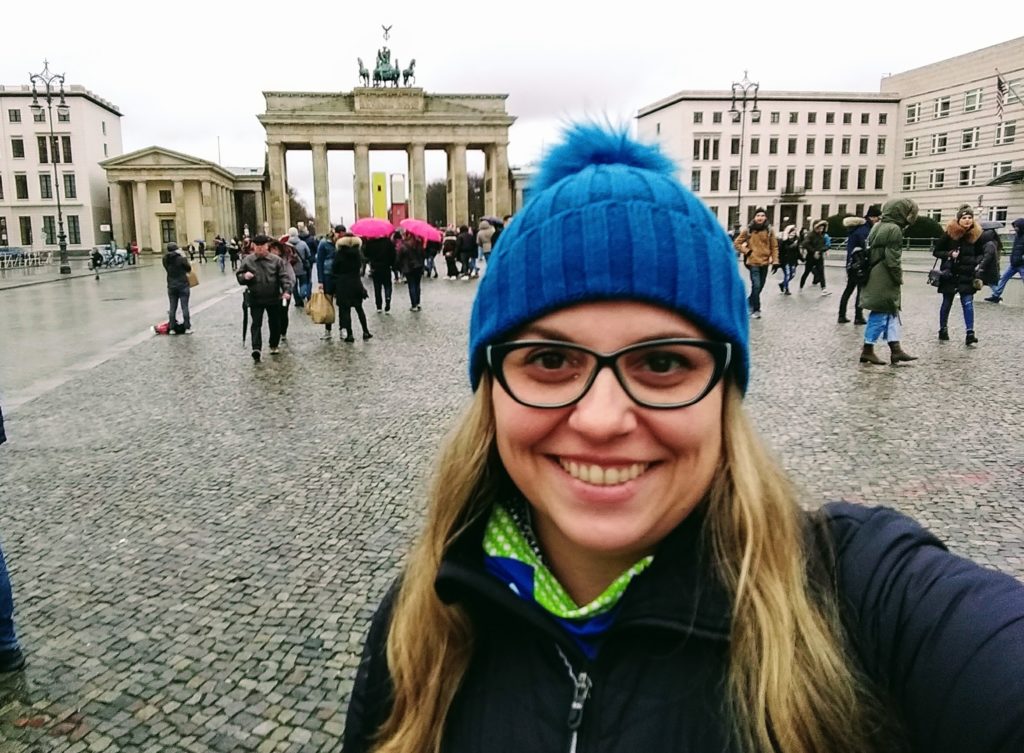 When I had started to plan this crazy adventure 4 years prior, I made a list of 5 things I wanted to visit / experience and the German Christmas Markets were high on that list. It almost didn’t happen as I had originally planned to start my journey at the opposite end of the world, but once I made the decision to return to Canada for Christmas, I knew it also meant I could visit Germany in December. Hooray! The only caveat was that I also wanted to visit Switzerland in December, so the timing was a tad tricky. It also meant I arrived in Berlin 4 days before the opening of the market.
When I had started to plan this crazy adventure 4 years prior, I made a list of 5 things I wanted to visit / experience and the German Christmas Markets were high on that list. It almost didn’t happen as I had originally planned to start my journey at the opposite end of the world, but once I made the decision to return to Canada for Christmas, I knew it also meant I could visit Germany in December. Hooray! The only caveat was that I also wanted to visit Switzerland in December, so the timing was a tad tricky. It also meant I arrived in Berlin 4 days before the opening of the market.
Now, I need to make another confession: I knew very little about Berlin! Other than the obvious of the wall and the war, I had no clue what Berlin had to offer. So that’s how I arrived in Berlin, a little lost, and very cold.
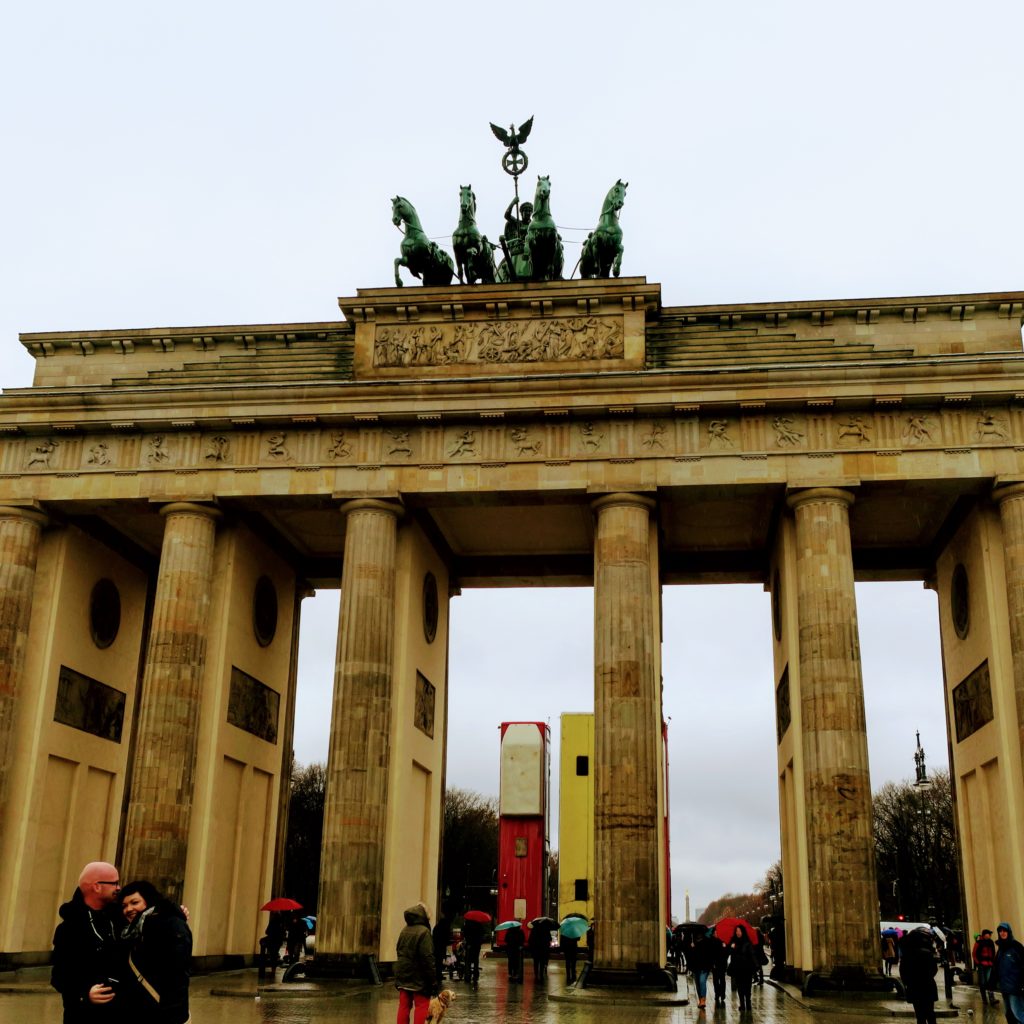 Bradenburg Gate
Bradenburg Gate
The very best way to discover any city is by foot. I started my tour at the city’s symbol for reunification post Cold War: the Bradenburg Gate. Originally constructed in the 18th century, it was the city’s main entry gate. With the erection of the wall in the 1960’s, it became a gate between East and West Berlin, effectively dividing the city. Today, it is one of the city’s most recognized landmarks and its symbol of unity.
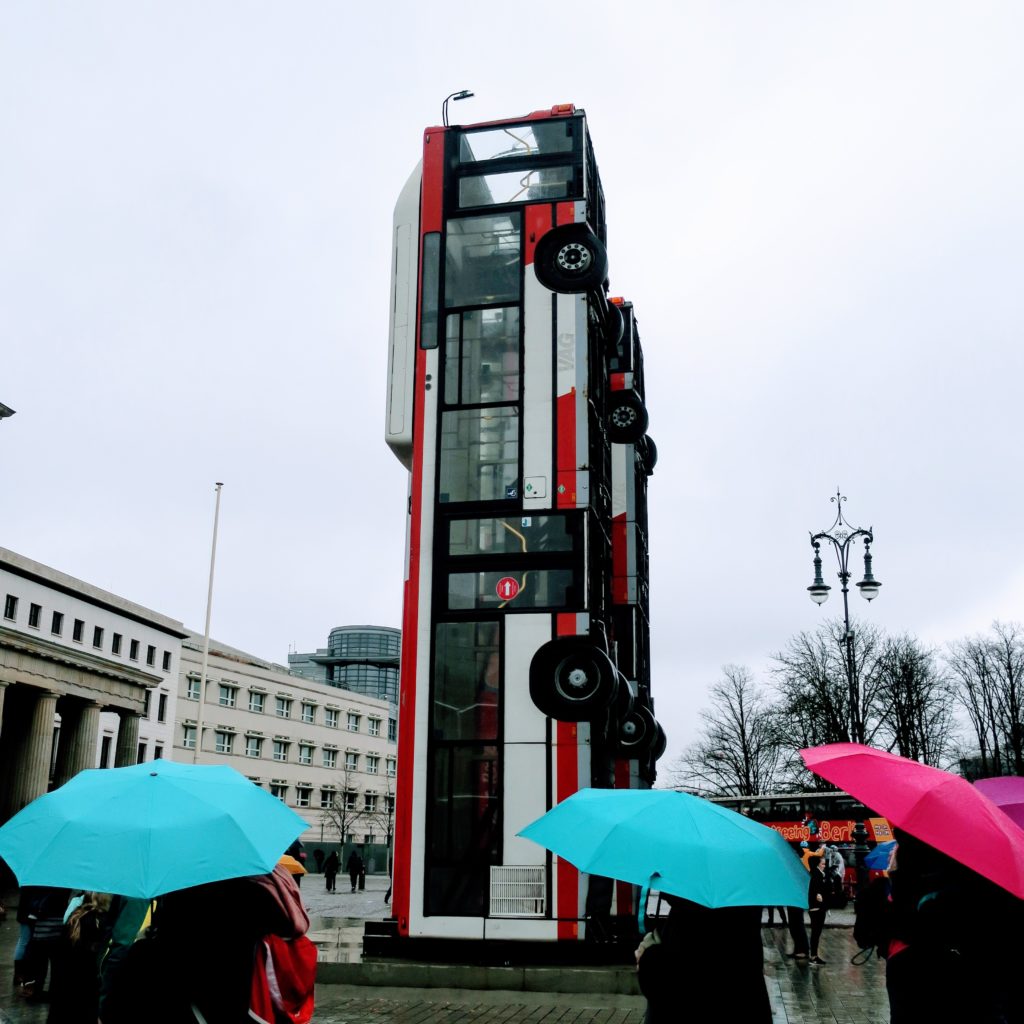 After spending the last few months visiting some of the best museums Europe had to offer, I was effectively “museumed-out”. Instead, I invested in a tuque (did I mention it was cold) and spend a few days walking around the German capital.
After spending the last few months visiting some of the best museums Europe had to offer, I was effectively “museumed-out”. Instead, I invested in a tuque (did I mention it was cold) and spend a few days walking around the German capital.

I wasn’t quite sure what to expect of Berlin or even Germany for that matter. To me, it was inevitably linked with WWII as well as the consequent years of the Berlin Wall. I had visited many war sites, however always from the viewpoint of the allies not the axis powers. Thus, it was inevitable to stumble across numerous memorials, landmarks and tributes to the war, scattered across the entire city. The very first I encountered, was the Memorial to the Murdered Members of the Reichstag (Parliament), commemorating the 96 members of the parliament who died unnaturally between 1933 and 1945. (above, right)
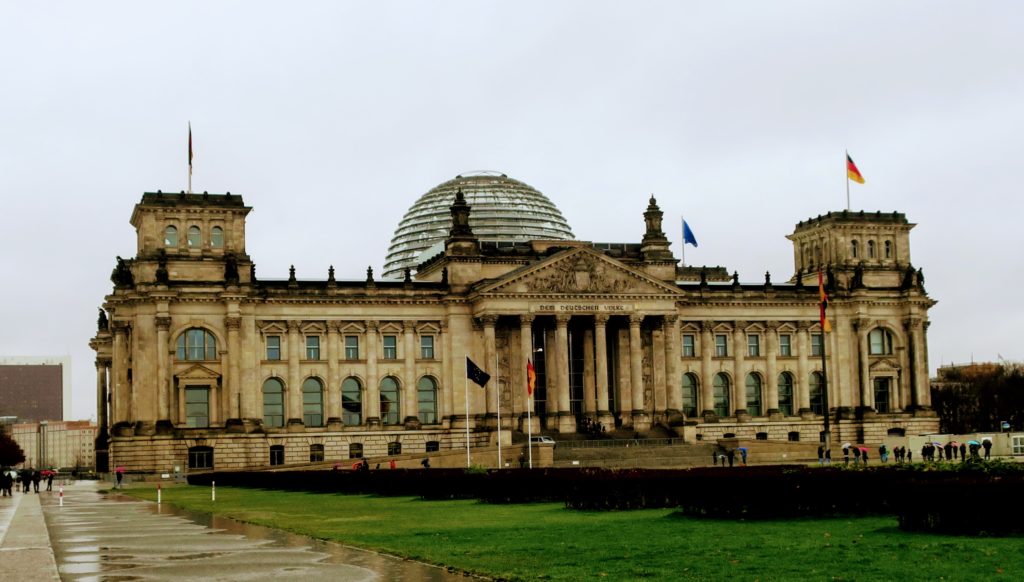 Reichstag Building – Berlin’s parliament
Reichstag Building – Berlin’s parliament

Despite the colder weather, I continued walking through the city. Berlin has many art museums, handily located on ‘Museum Island’, a complex located in the middle of the Spree River and considered a UNESCO World Heritage site.
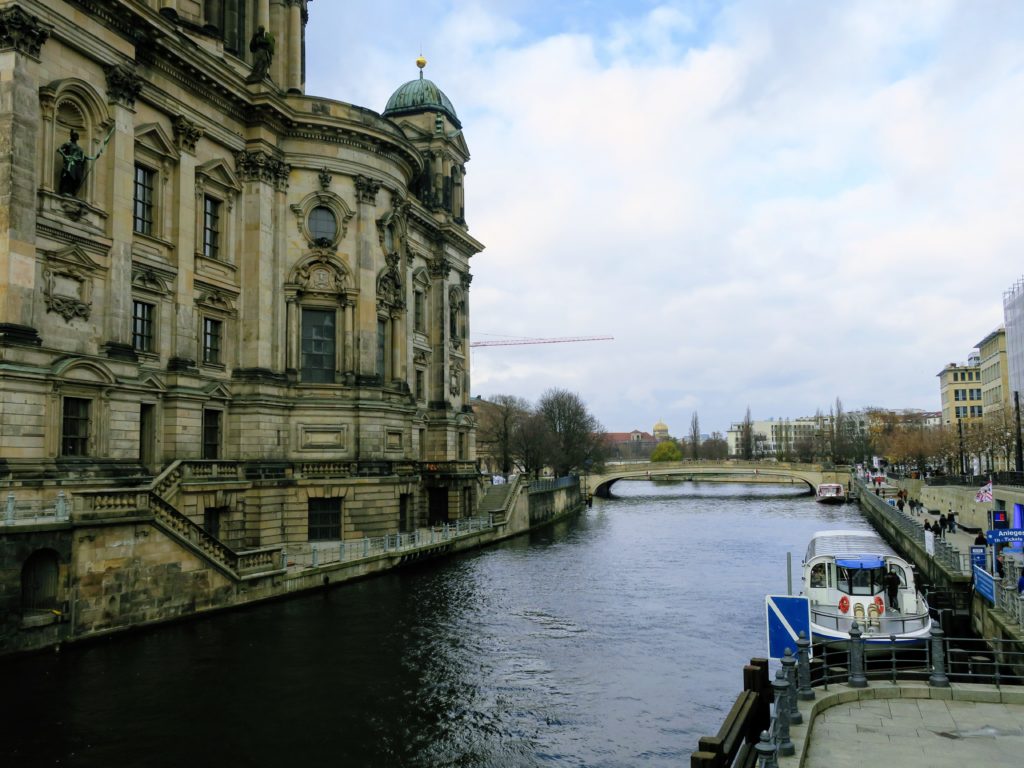
As I’ve mentioned before, after 3 months of visiting every museum I could set foot in, I was so over hanging portraits and suits of armour – I didn’t visit a single museum while in the German capital!

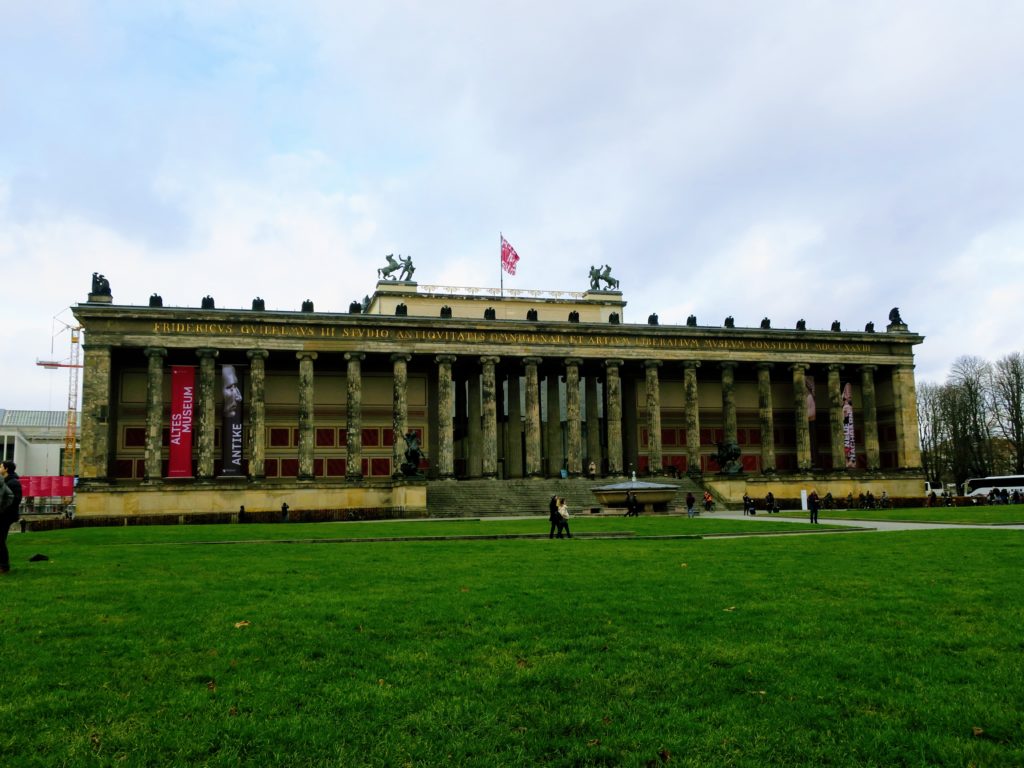
I have seen war. I hate war. – U.S. President Franklin D. Roosevelt
It is inevitable while exploring Berlin to be confronted by the harsh realities of WWII and it’s long lasting consequences. I wondered how the German people would tackle this difficult period in their history. The answer is tactfully and with great respect.
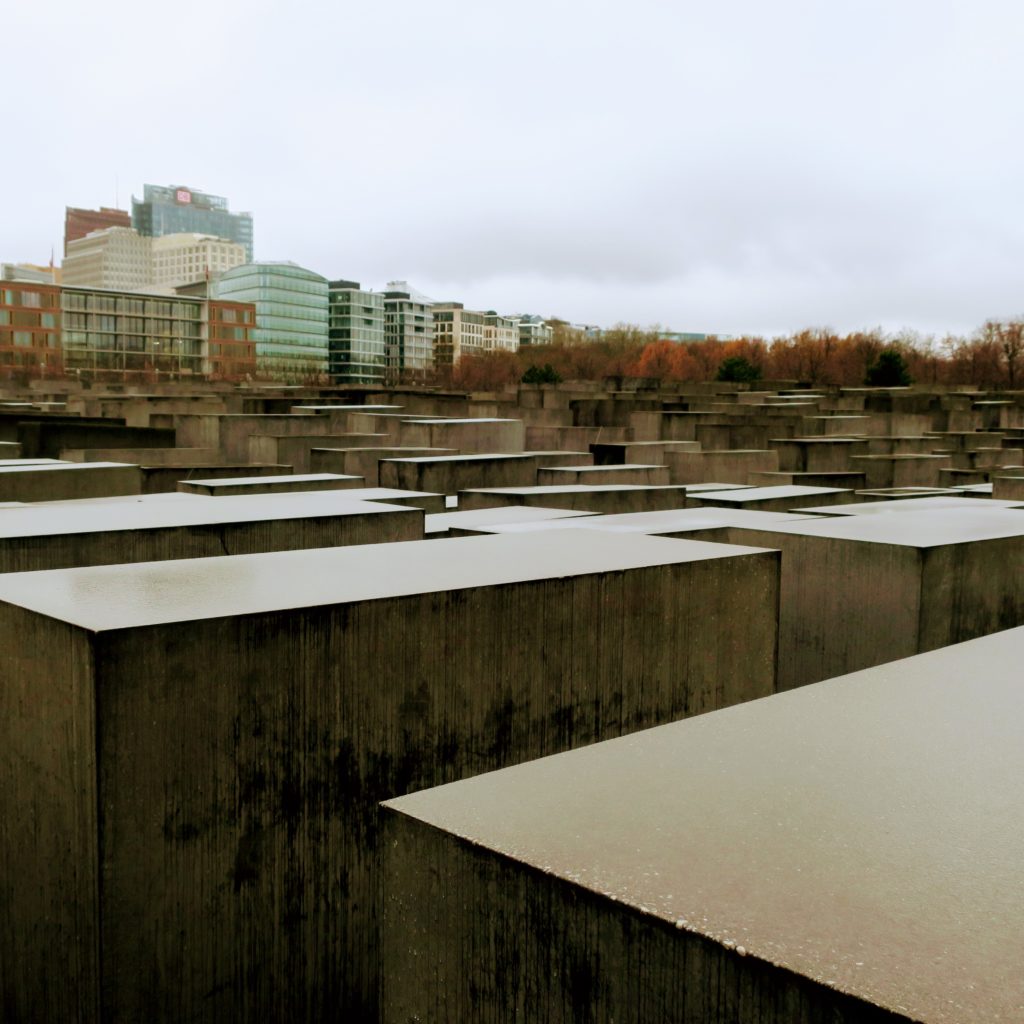
The Holocaust Memorial in Berlin is a memorial to the murdered Jews of Europe. The memorial is an open space structure, where one is encouraged to sombrely walk through it.

My ever trusted ‘Rick Steeves’ walking tour audioguide even included a stop at Hitler’s bunker, the location of his ultimate demise. I walked to the area indicated on the map, however I couldn’t find it. I searched for another 15minutes until I realized that the parking lot I was standing in was it. I’m not sure what I was expecting, perhaps a neon arrow pointing the way. However, all I found was a faded sign, quietly explaining some of the world’s darkest history. Berlin has struck the right balance at not shying away from their past without glamorizing the evil that arose.
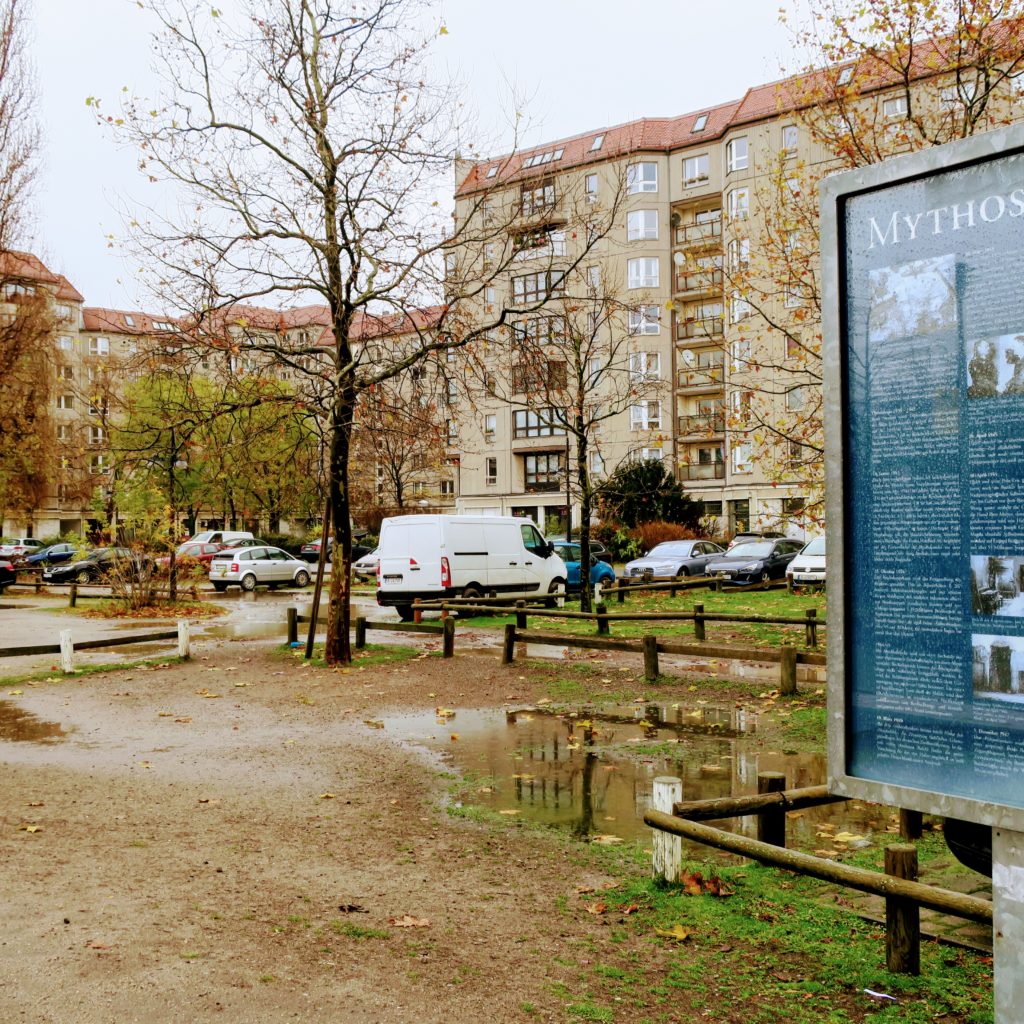
“Nobody has the intention of building a wall.”
– GDR head of state Walter Ulbricht, East Berlin, June 15th 1961
At the end of WWII, the Allied forces divided divided Berlin essentially in two: East Berlin, controlled by the Soviet Union and West Berlin, occupied by the United States. The relationship between the two super powers quickly disintegrated and turned hostile. Between 1949 and 1961, more than 2 million East Germans, most of them skilled laborers and professionals, fled to the West to escape the oppressive Soviet Regime. By the summer of 1961, the number of defectors had reached 1000 per day – the government of East Berlin finally decided to act. The residents of East Berlin awoke on the morning of August 13, 1961, to find barbed wire fencing had been installed on the border between the city’s east and west sections. Days later, East Germany began to fortify the barrier with concrete. The Cold War had begun.
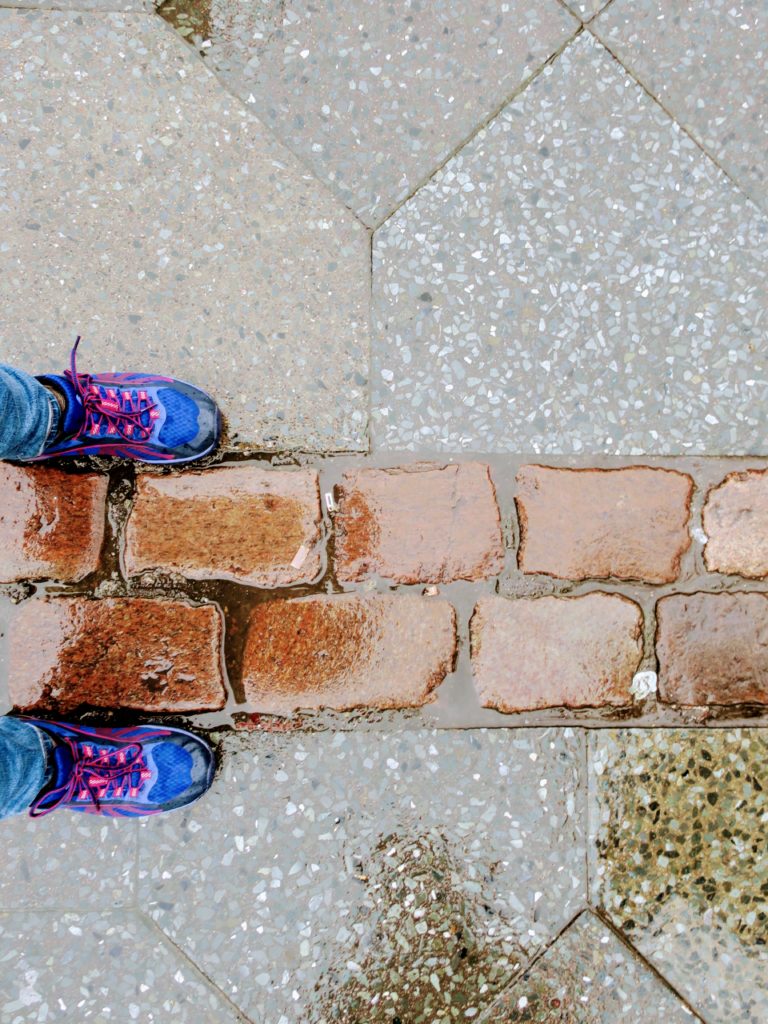 One foot in East Berlin, one in the West- something unfathomable before 1961. Today, all that remains of the wall is an important history lesson we must not repeat.
One foot in East Berlin, one in the West- something unfathomable before 1961. Today, all that remains of the wall is an important history lesson we must not repeat.
The total length of the Berlin Wall was 91 miles. It cut not only through the center of Berlin, but also wrapped around West Berlin, entirely cutting it off from the rest of East Germany.
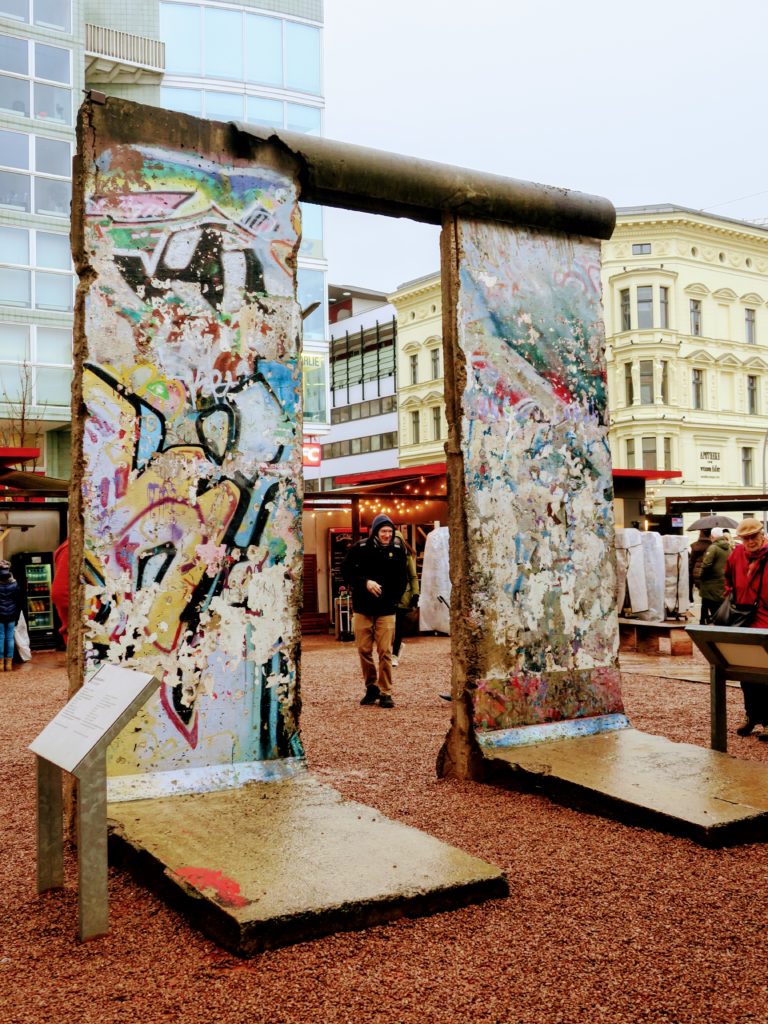
Once the Wall was built, Checkpoint Charlie was the only official crossing point for Allied troops and foreigners between the two sides of the city. Today, it is one of the city’s most visited sites, where tourists can merrily walk about, posing with the fake American guards. The neon signs of the US’s most famous fast food chain a glowing reminder of democracy’s triumph.
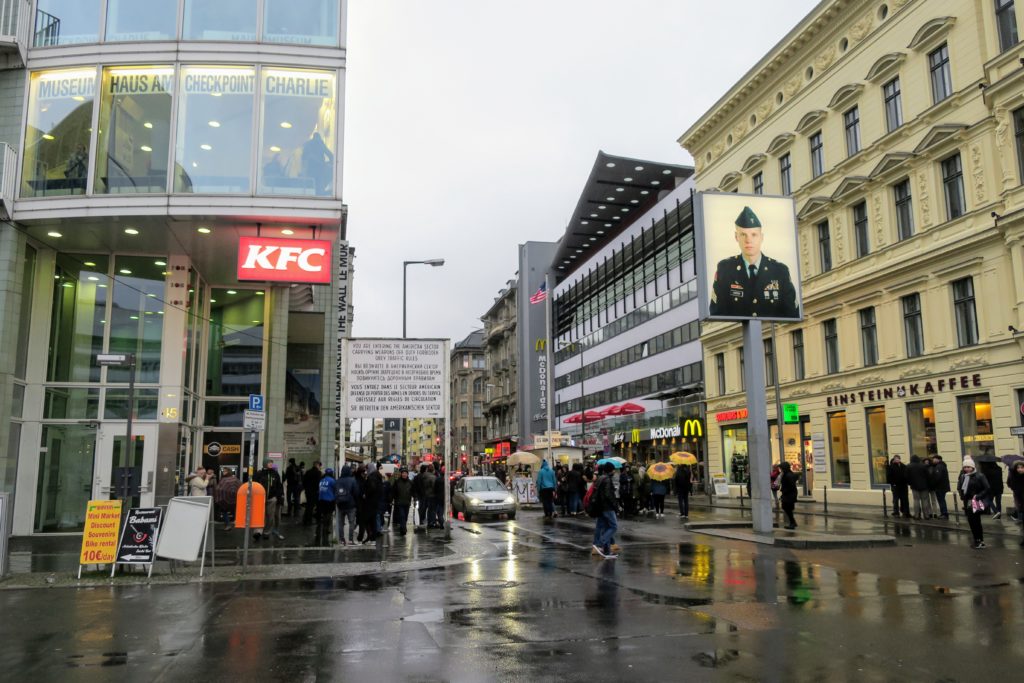
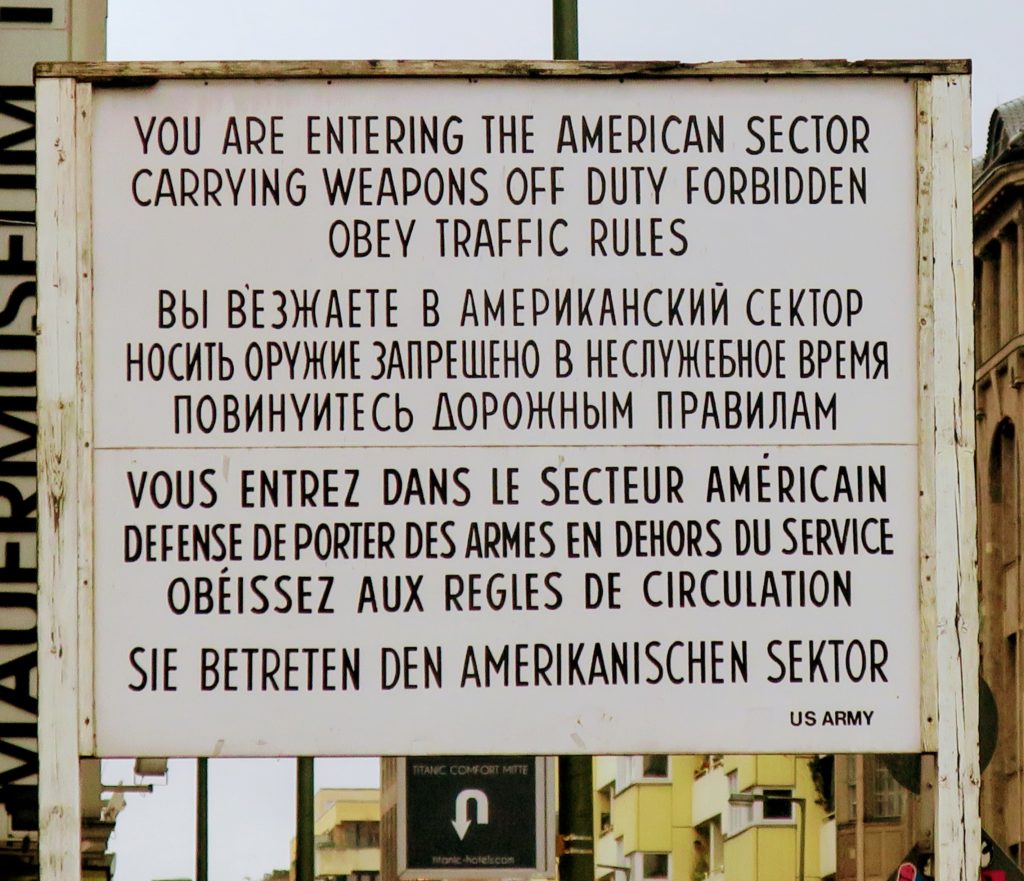
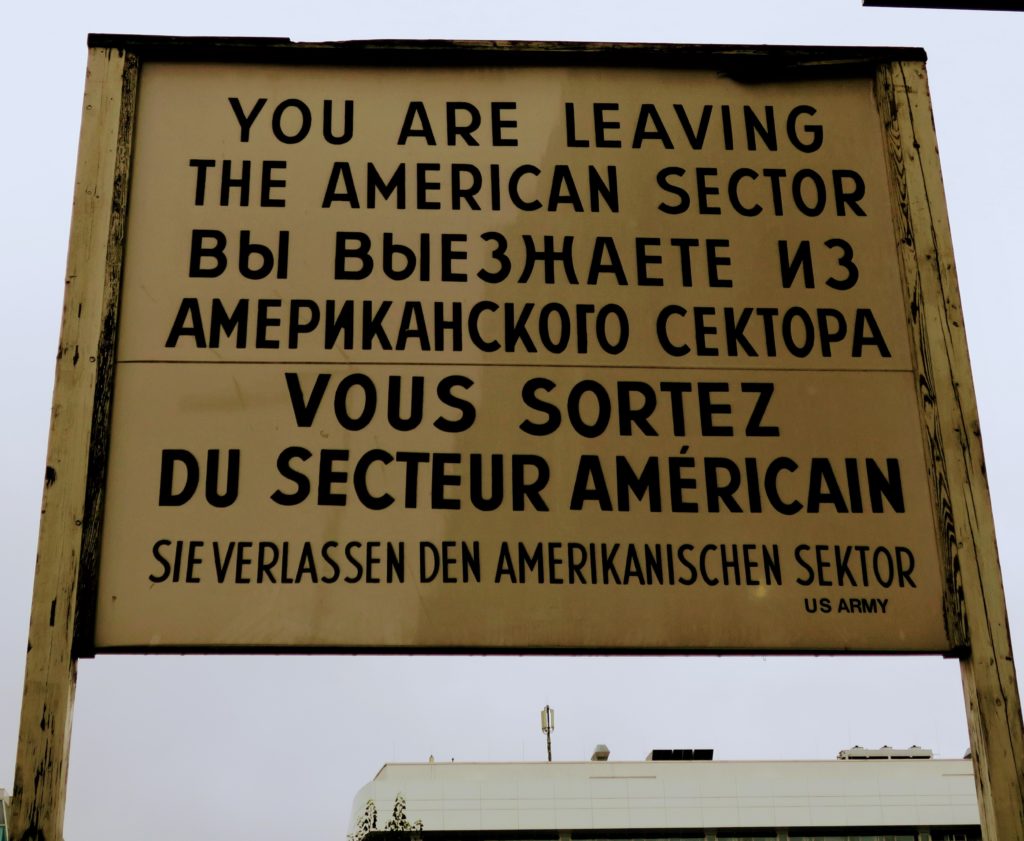
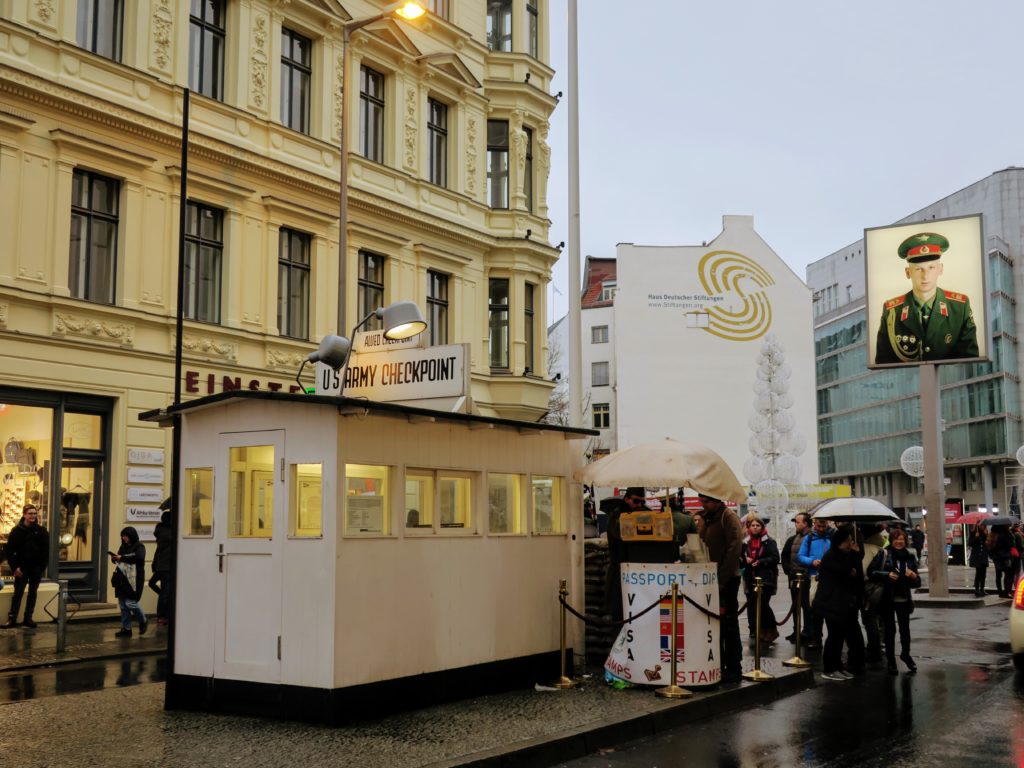
On November 9th, 1989, the Berlin Wall fell. By accident. No really, it did. The power of the Soviet Union and Communism in Europe was faltering at the end of the 1980’s. Looking to appease its citizen, East Berlin was preparing to announce that some of the restrictions at the border crossing between East and West would be lifted. However, at a press conference, the spokesman announced that East Germans would be free to travel into West Germany, starting immediately. He failed to clarify that some regulations would remain in place. Suspicious Berliners made their way to the wall and sure enough, found its checkpoints open. Amidst the smiling, laughing and reunification of long lost relatives, the citizens immediately took to the concrete divide with hammers and pick axes, slowly but purposefully chipping away at 28 years of oppression.

East Side Gallery Berlin is a 1316-meter long stretch of the remaining wall, where 105 paintings by artists from all over the globe can be found.
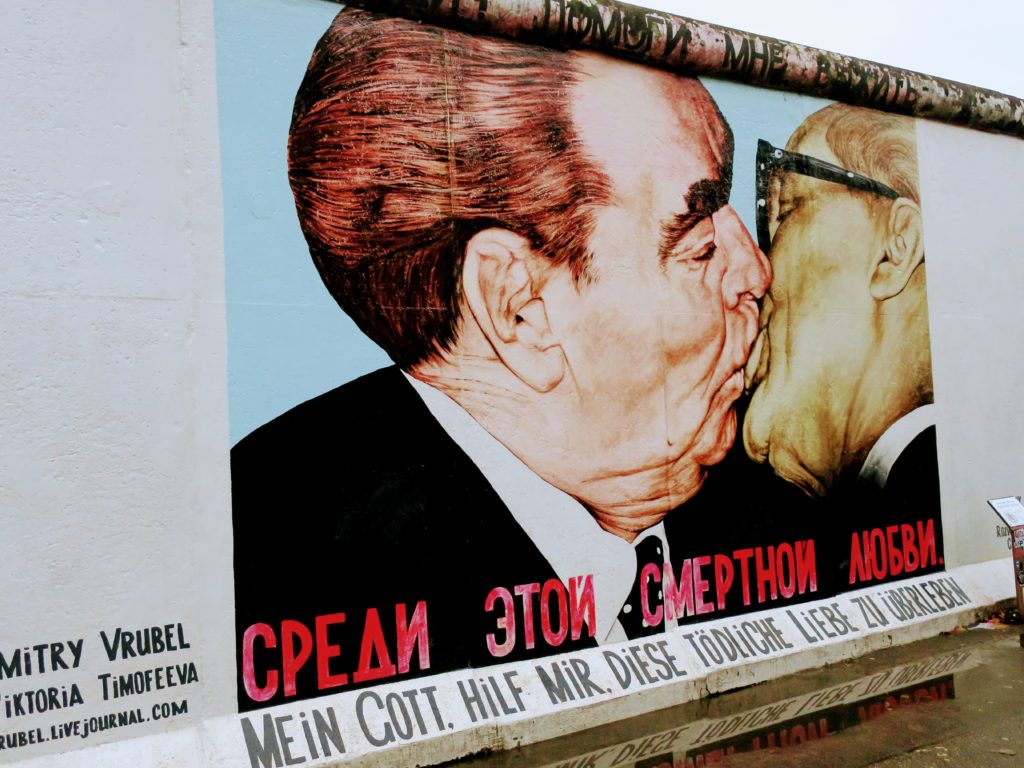
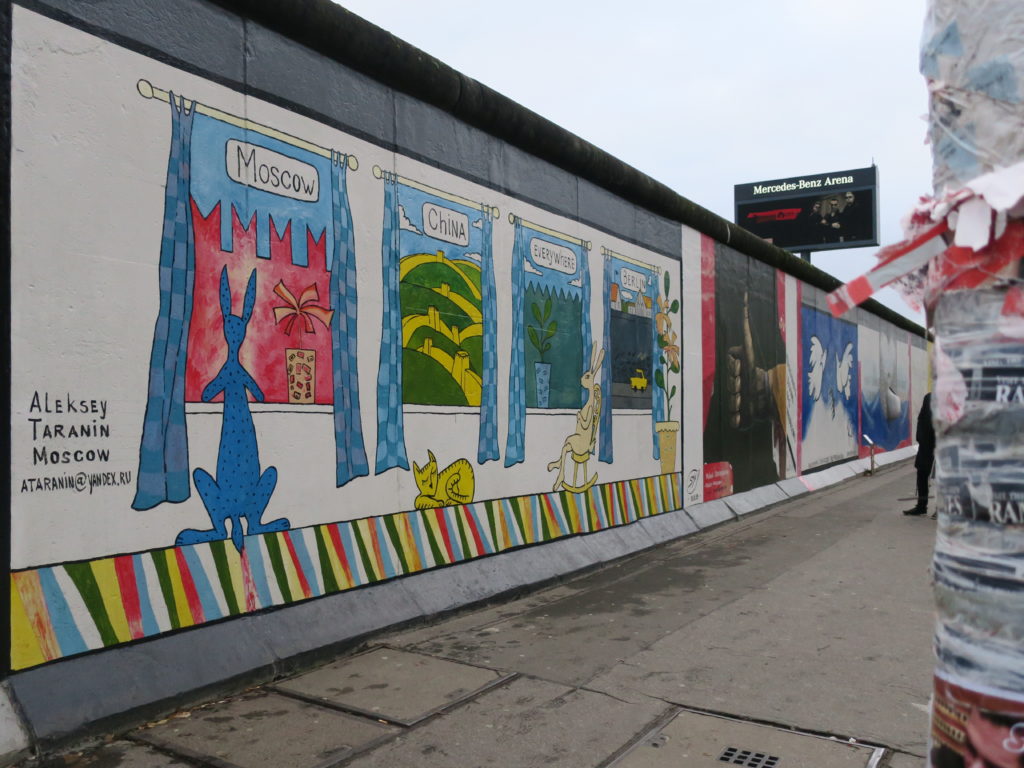
“Mister Gorbachev, tear down this wall!” – US President Ronald Reagan, West Berlin, June 12th 1987
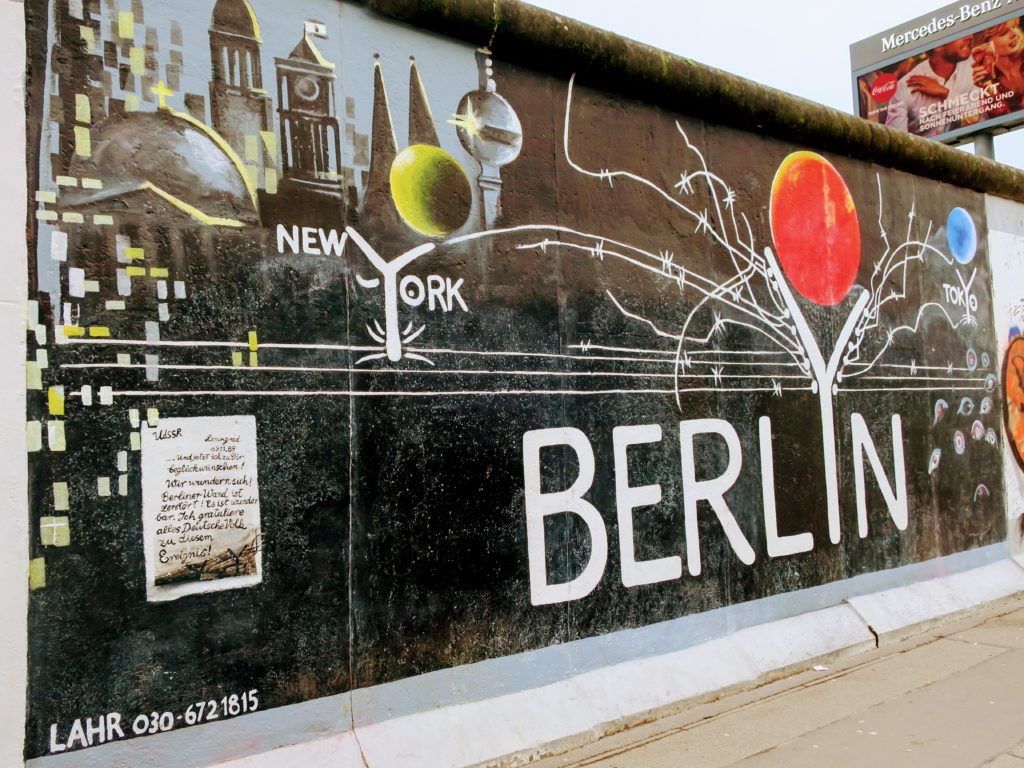
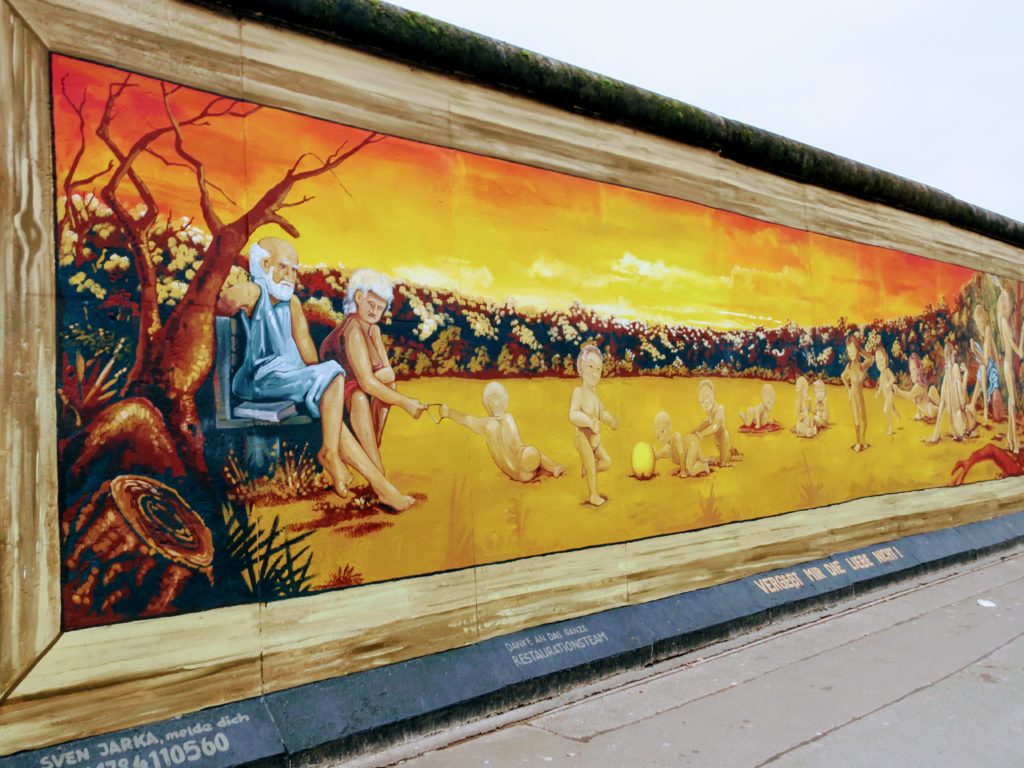
“I take pride in the words Ich bin ein Berliner.” – US President John F. Kennedy, June 26th 1963, West Berlin

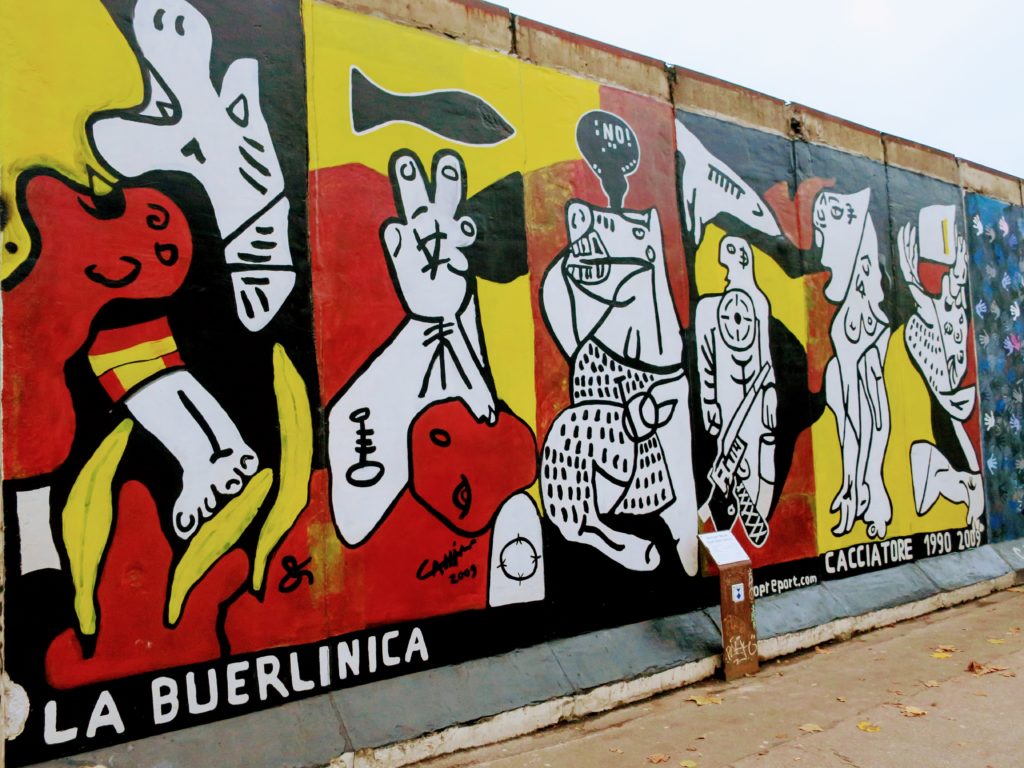
“Many small people, who in many small places do many small things, can alter the face of the world.”
– East Side Gallery, Berlin, 1990
